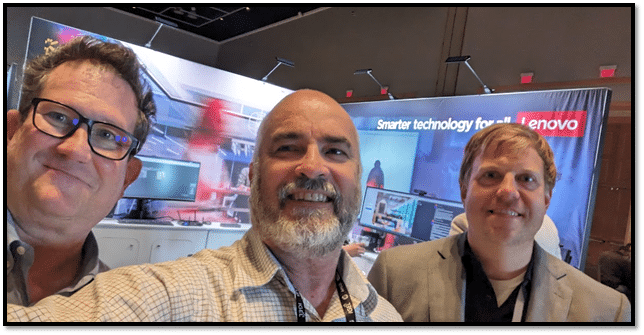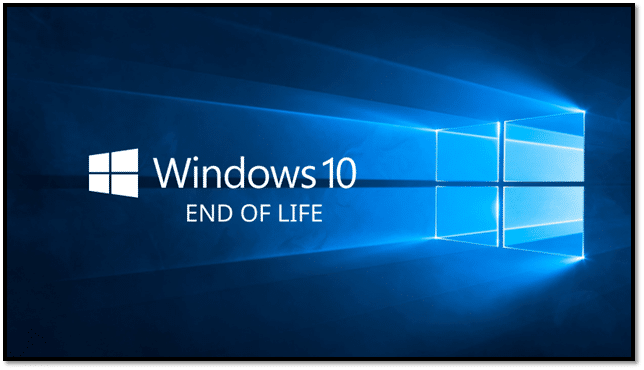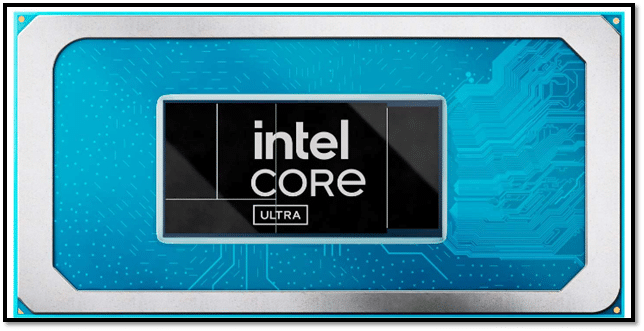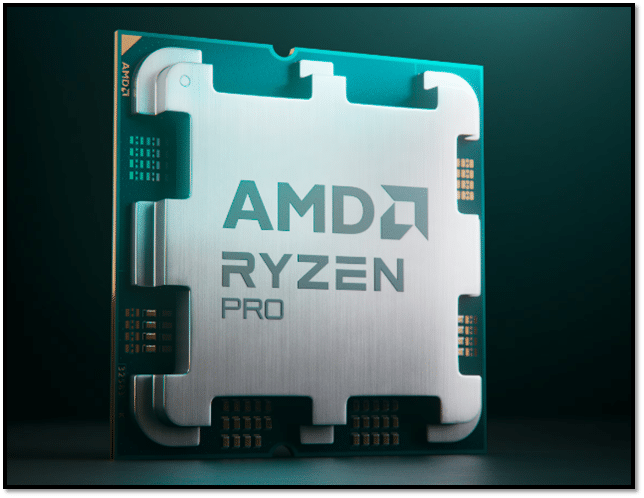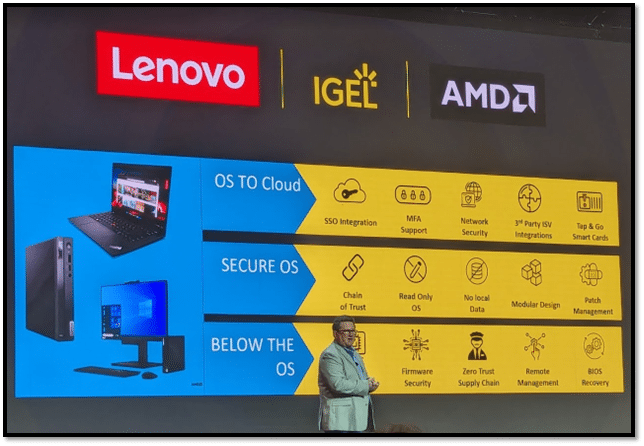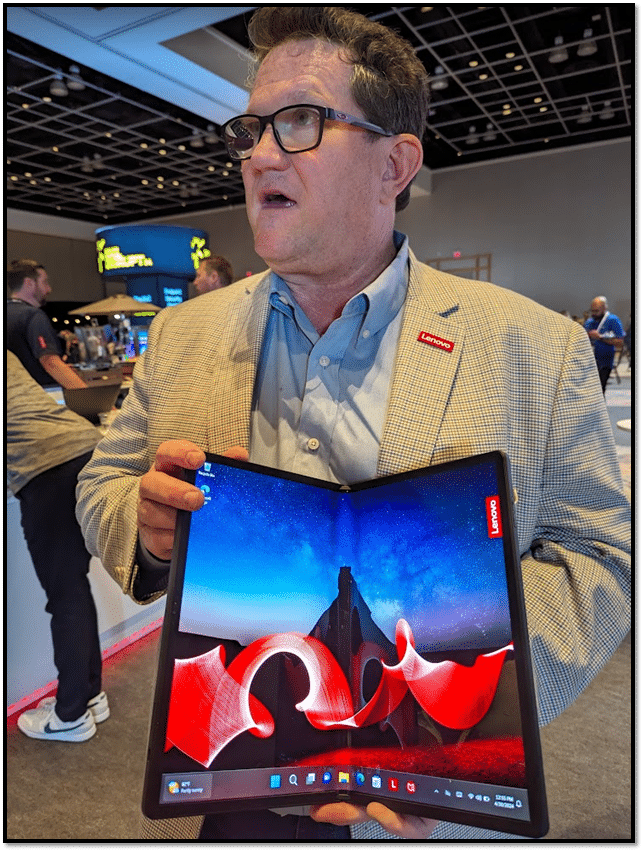In this series of articles, we will interview leaders and innovators in End-User Computing (EUC). We will delve into their current and future EUC products, providing unique insights into the EUC industry and the trends that they are seeing in EUC.
In this series of articles, we will interview leaders and innovators in End-User Computing (EUC). We will delve into their current and future EUC products, providing unique insights into the EUC industry and the trends that they are seeing in EUC. For this piece, we talked to Lenovo’s Senior Solutions Manager, Andy Nieto to kick off the series. The initial discussion occurred during IGEL Disrupt, with a follow-up conversation later.
With Windows 10’s pending EOL in October 2025, many companies will reevaluate their EUC strategy. This is reminiscent of 2020, when Windows 7 EOL’ed, which resulted in many companies looking to move their users from physical to virtual desktops.
Similar to 2020, companies will reevaluate their desktop strategy; however, there are far more options due to technological advantages and how and where their employees like to work. Of course, Azure AVD and AWS workspaces are the elephants in the DaaS room. Still, we are seeing many smaller players like Apporto, ComputerVault, and others supply more straightforward solutions that fit the needs of many companies.
VMware and Citrix’s duopoly has undergone transformative institutional changes in the last few years. After speaking to many of their customers, we learned they are reevaluating their VDI strategy. For some, this means they will look to other platforms to host their virtual desktops and applications. Suppose even a fraction of these companies start to look at different technologies. In that case, it will be a boon to smaller VDI and DaaS providers, like Leostream, Parallels RAS, and others with solid technology that may have been overlooked in the past.
Andy highlighted two additional points we overlooked: the AI PC and the post-pandemic hardware refresh.
Artificial Intelligence (AI) is the buzzword of the year for a good reason—it will dramatically alter how we do business. When people think of AI, they think of large, expensive backend servers crunching through petabytes of data to develop actionable intelligence or technologies like ChatGPT that can generate content and even code by asking just a few pointed questions. However, there is another aspect of AI: AI on a PC. We are starting to see desktop applications performing AI tasks locally on PCs, and we expect to see an explosion in local AI applications in the near future. Big PC chip makers are developing the technology to assist these applications, and numerous software firms are starting to release applications to take advantage of AI hardware on PCs.
Introduced in December 2023, Intel Core Ultra is the company’s first PC platform to feature a built-in neural processing unit (NPU).
Likewise, AMD has the Ryzen 8000G with AI capabilities.
A PC with a dedicated AI engine offers power-efficient AI acceleration and local inference. Just as math coprocessors and GPUs dramatically changed PCs, the NPU is expected to do the same.
As companies think about their PC refresh cycle, they will need to consider NPU-enhanced systems. But AI doesn’t just pertain to physical PCs; thin client OSes must also integrate AI-enabled hardware, just as they do with GPUs and multimedia redirection. With the latest Microsoft Copilot+ announcement requiring 40TOPS of NPU performance, it is unclear how this current generation of “AI PCs” and CPUs will fit into the ecosystem.
The last thing Andy brought up was the Post-Pandemic Hardware Refresh cycle, which is happening now. About four years ago, when the pandemic hit, it forced many employees to work remotely. Most of these employees needed newer, more powerful laptops and thin clients to handle their workload, along with Unified Communication applications like Zoom and Teams. Now, we are starting to see these systems being refreshed. What type of systems they will be refreshed with depends on the abovementioned factors.
At IGEL Disrupt, Andy discussed Lenovo’s end-to-end EUC story.
The advantage of sourcing technology from a single company like Lenovo is that it provides a single point of contact for support or praise, depending on the situation.
Lenovo is one of the few companies offering a complete EUC product line. It has servers that host VDI desktops and powerful P Series workstations with the latest GPUs that can handle the most demanding workloads for users in media and entertainment, scientific, energy, and AI workloads. Of course, Lenovo still has its legendary ThinkPad laptop systems. Laptops that support VDI remote workers have mobile and desktop thin clients that come preinstalled with IGEL or other thin client OS. Two systems that excited us at their booth were the second-generation X1 Fold PC and the thin clients. We were amazed you could fold the monitor on a 16″ laptop.
Lenovo will release thin clients with the next generation of 5G network chips shortly. The 5G networking chips in the past have been a little wonky, but the next generation of 5G chips looks like it will be better. With reliable 5G connectivity, we will see more telemedicine (think traveling nurses and sales executives) users able to use remote desktops and streaming applications. For those who do their work locally, Lenovo is a leader in AI-enabled PCs. Their ThinkPad T14 I Gen 5, T14s Gen 5, T16 Gen 3, X12 Detachable Gen 2, and ThinkBook 14 2-in-1 Gen 4 featuring Intel Core Ultra processors are AI-enabled.
We were glad to spend time with Andy and have him share his insights into the EUC space. It was a great way to kick off this series of articles. We need to note that this article combines Andy’s and our thoughts, and you shouldn’t construe anything in it as Lenovo’s official position.
Engage with StorageReview
Newsletter | YouTube | Podcast iTunes/Spotify | Instagram | Twitter | TikTok | RSS Feed

